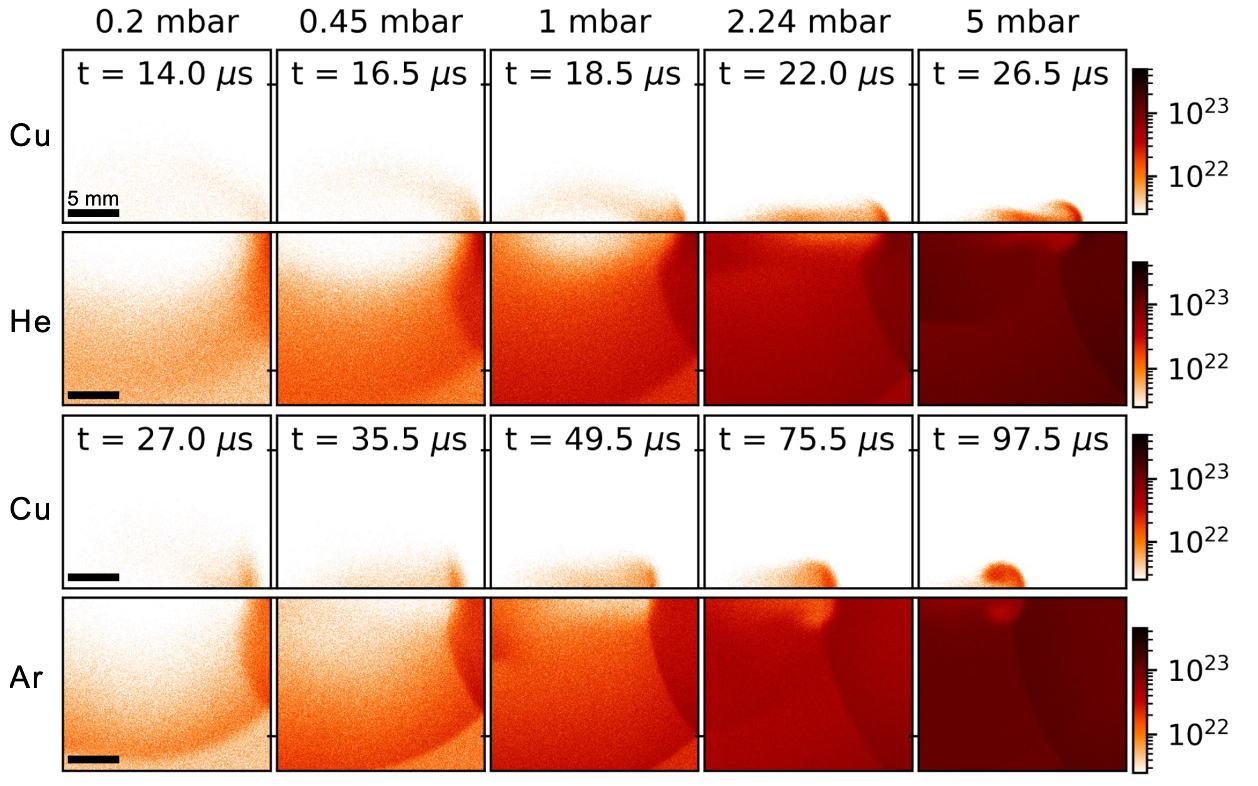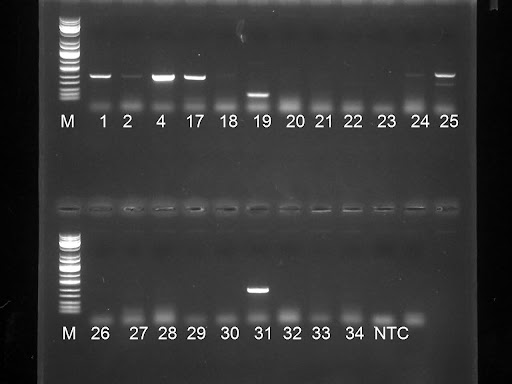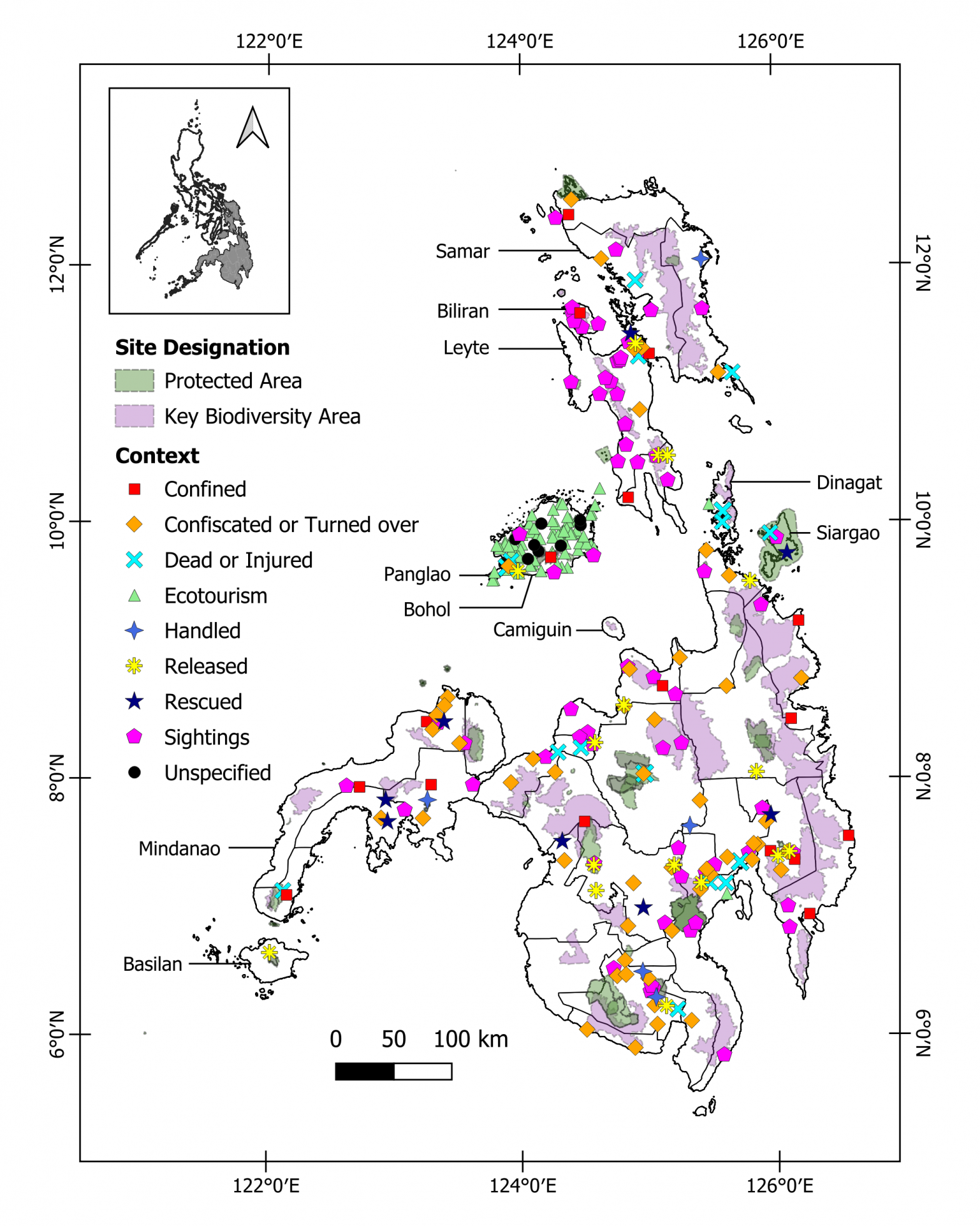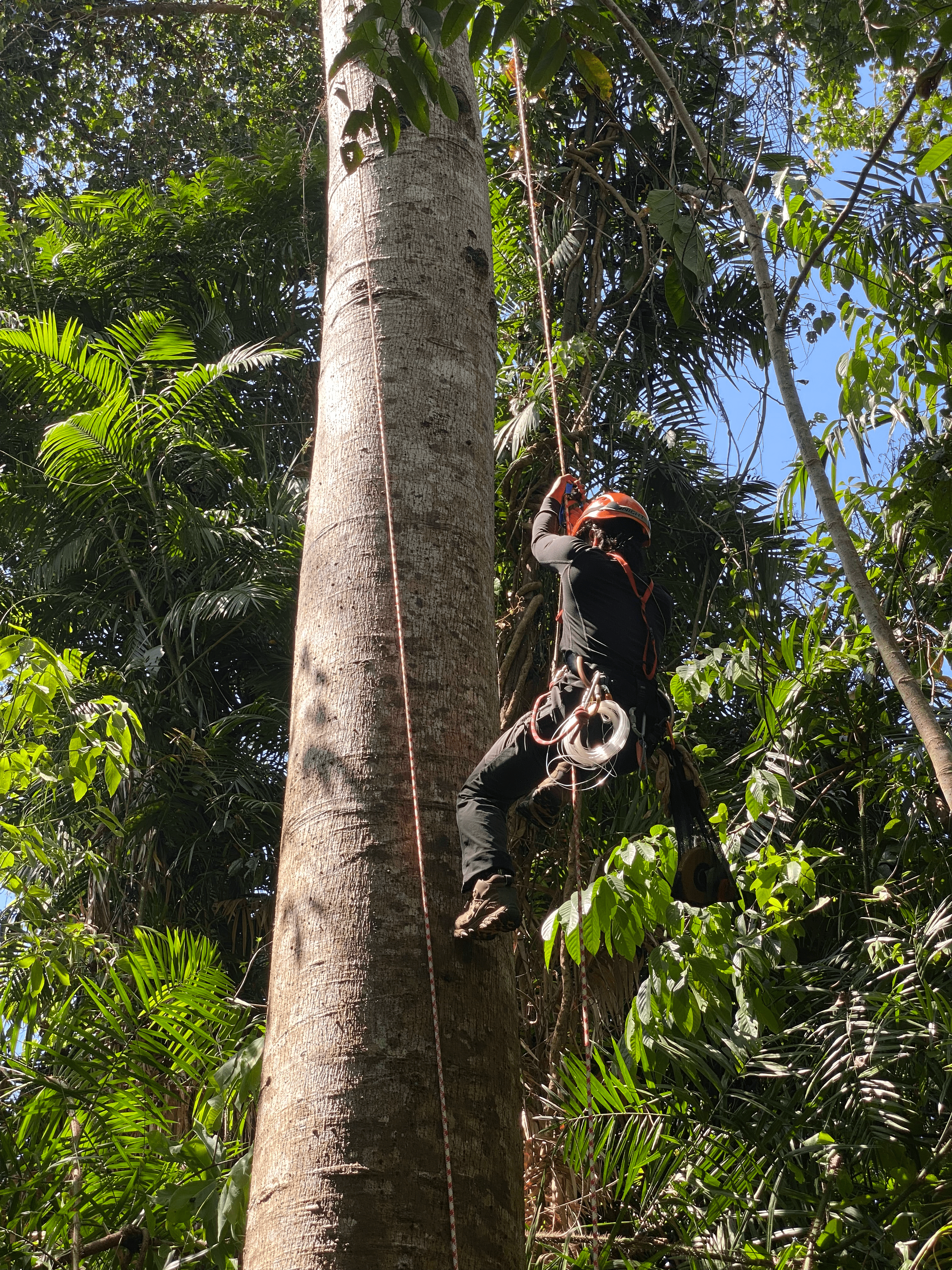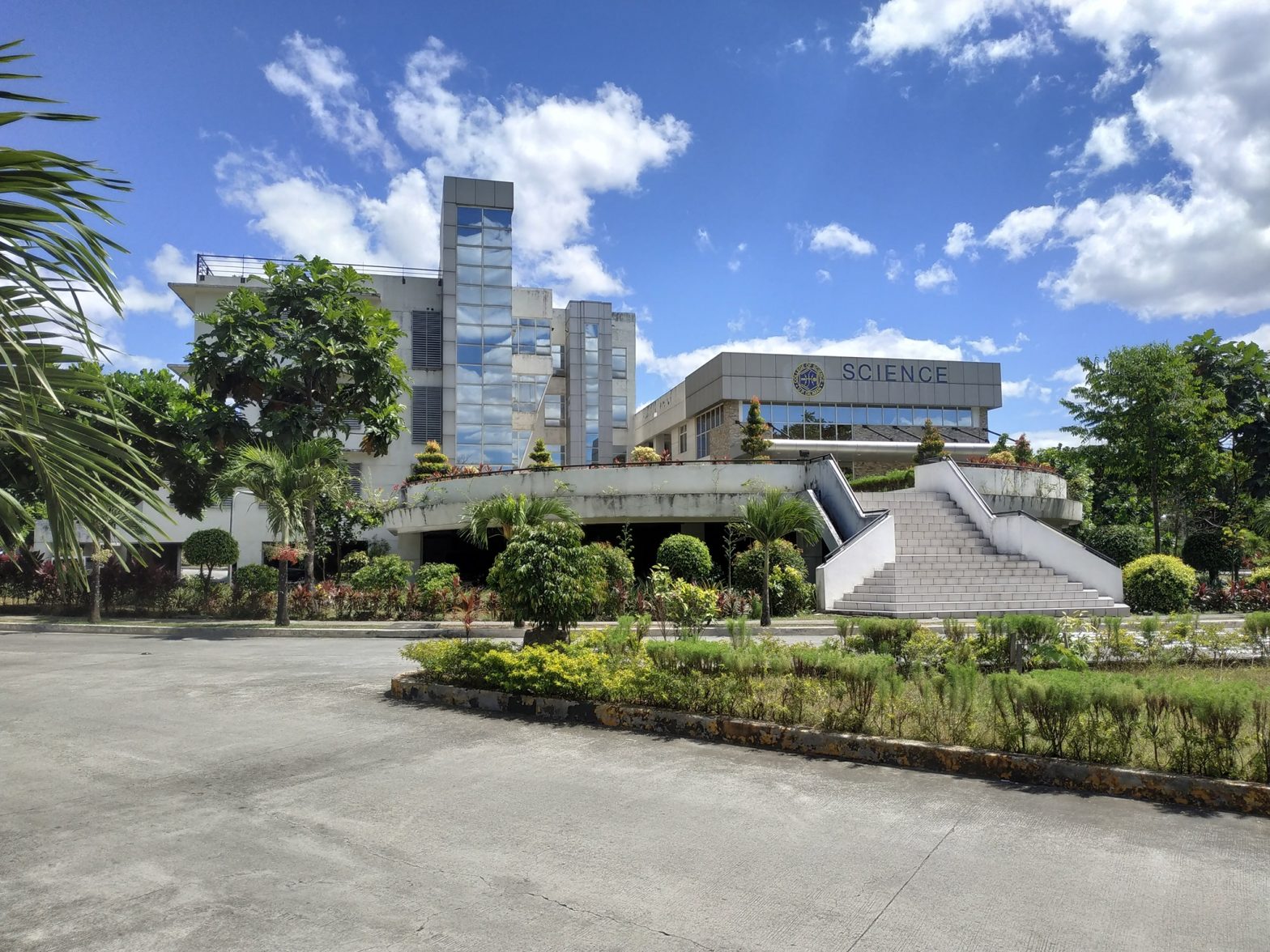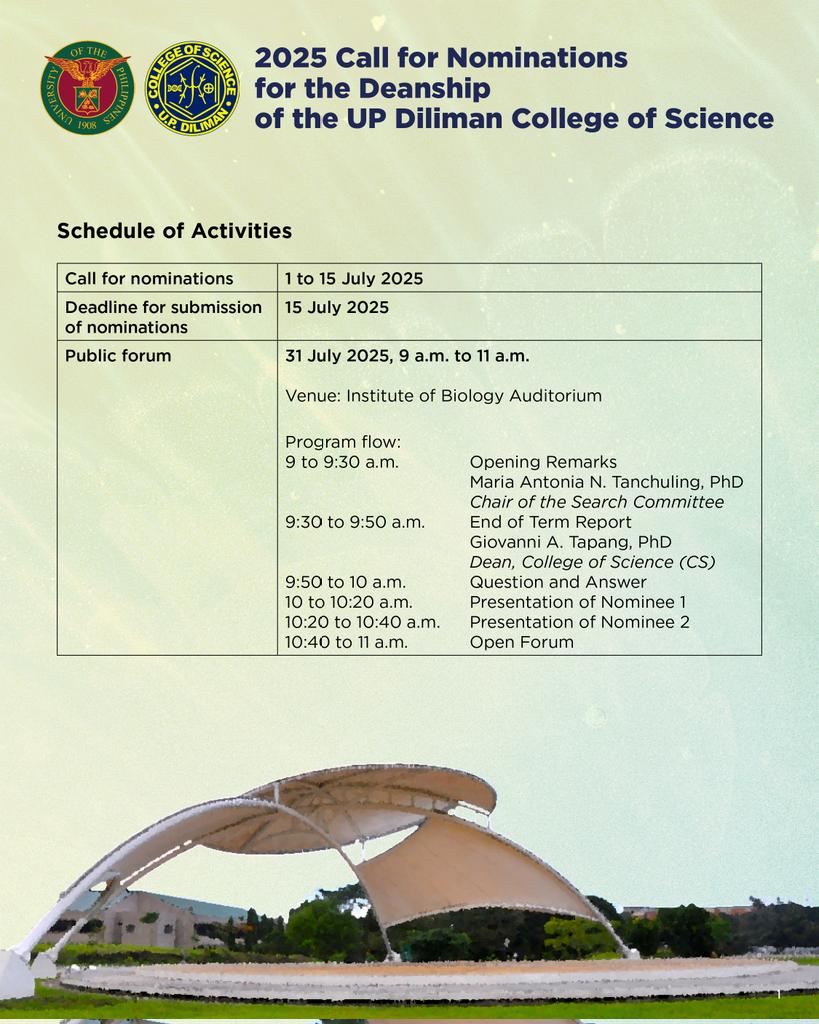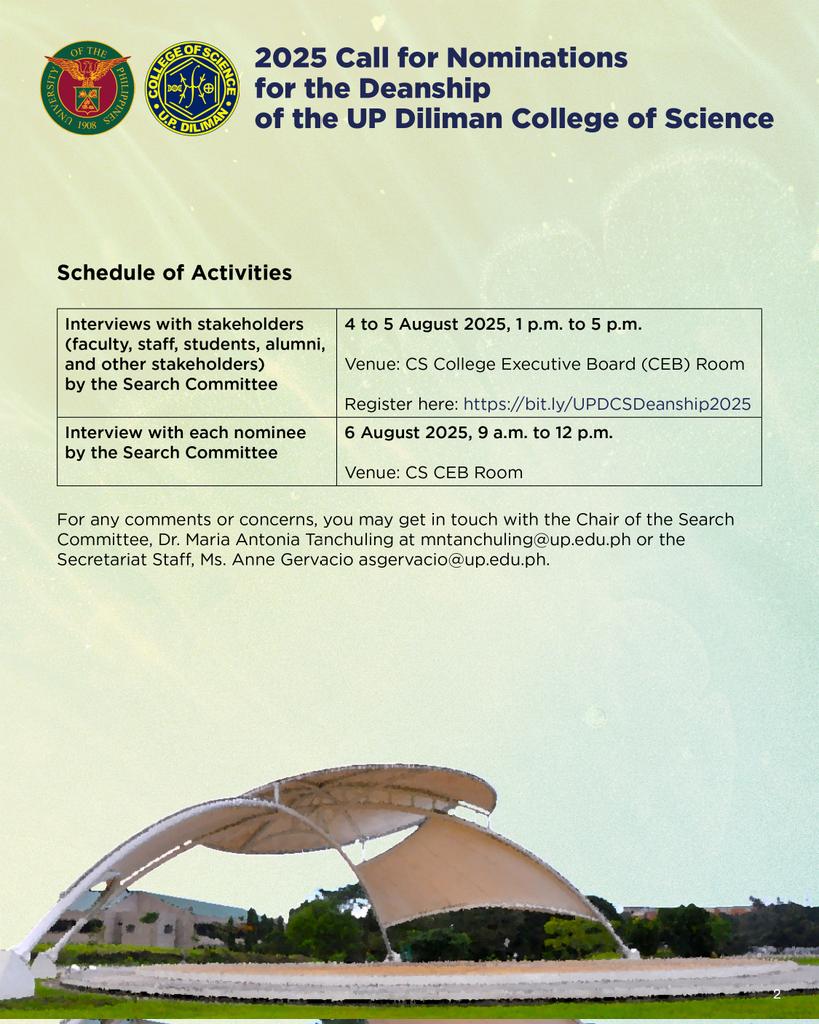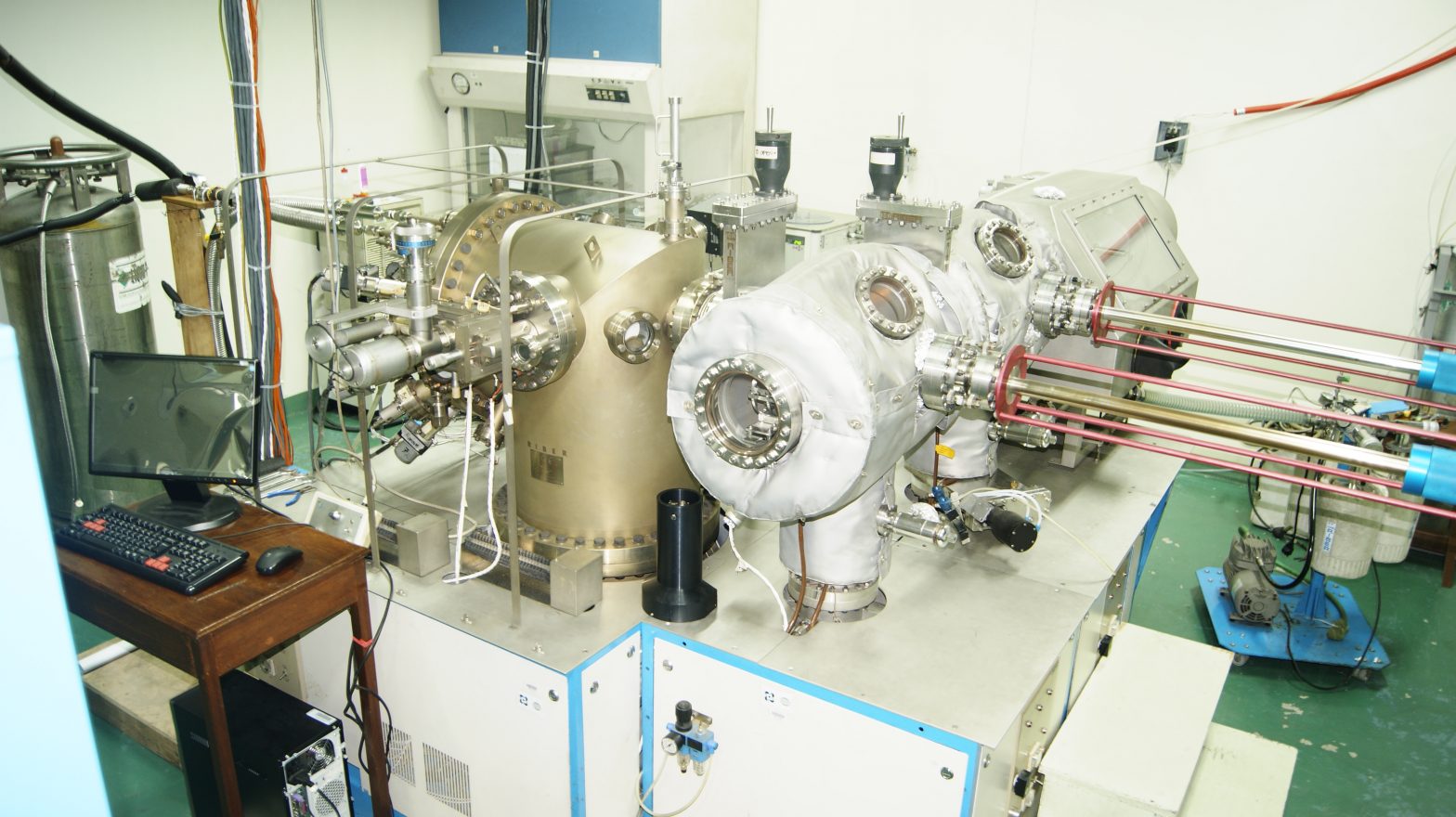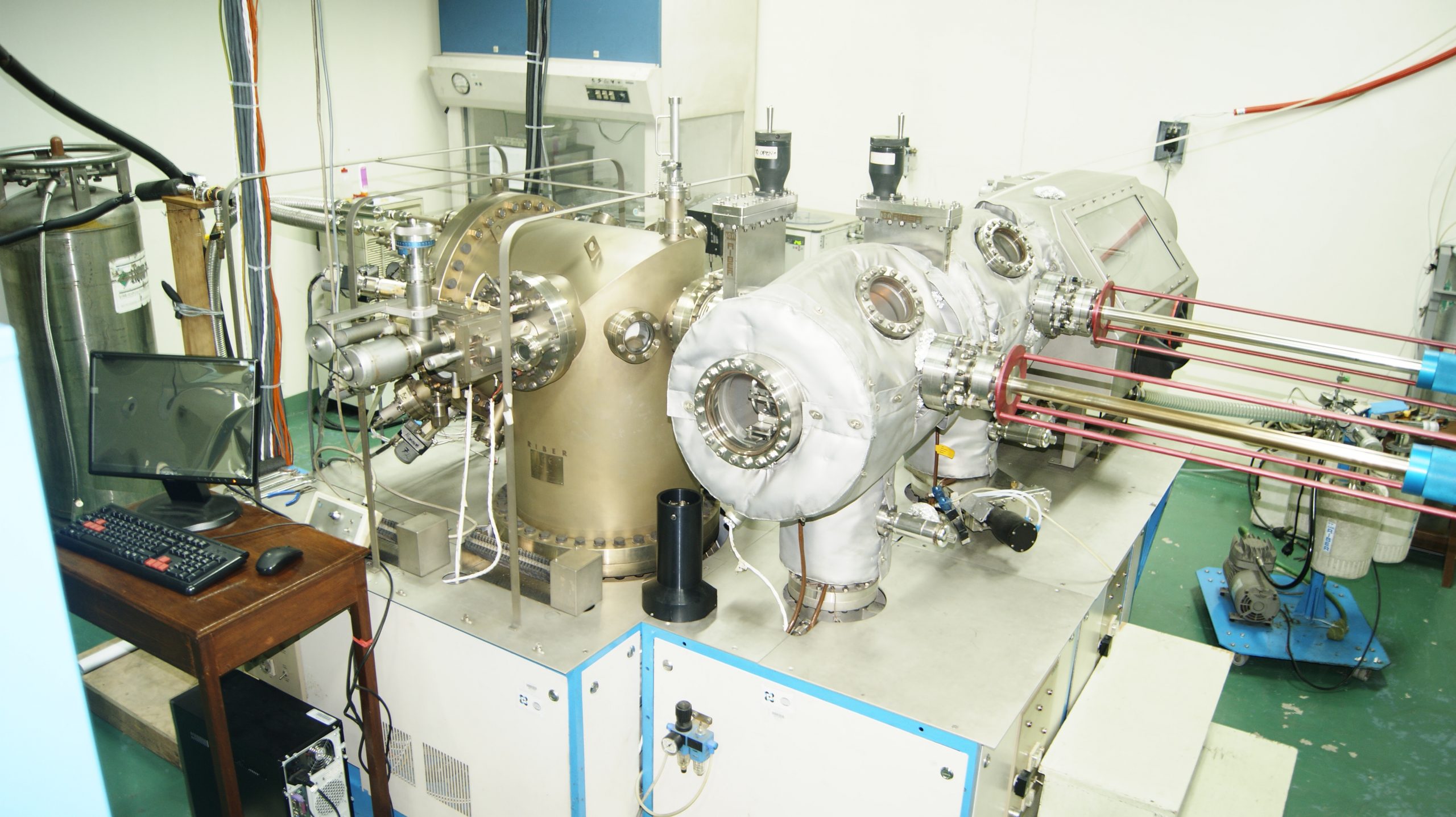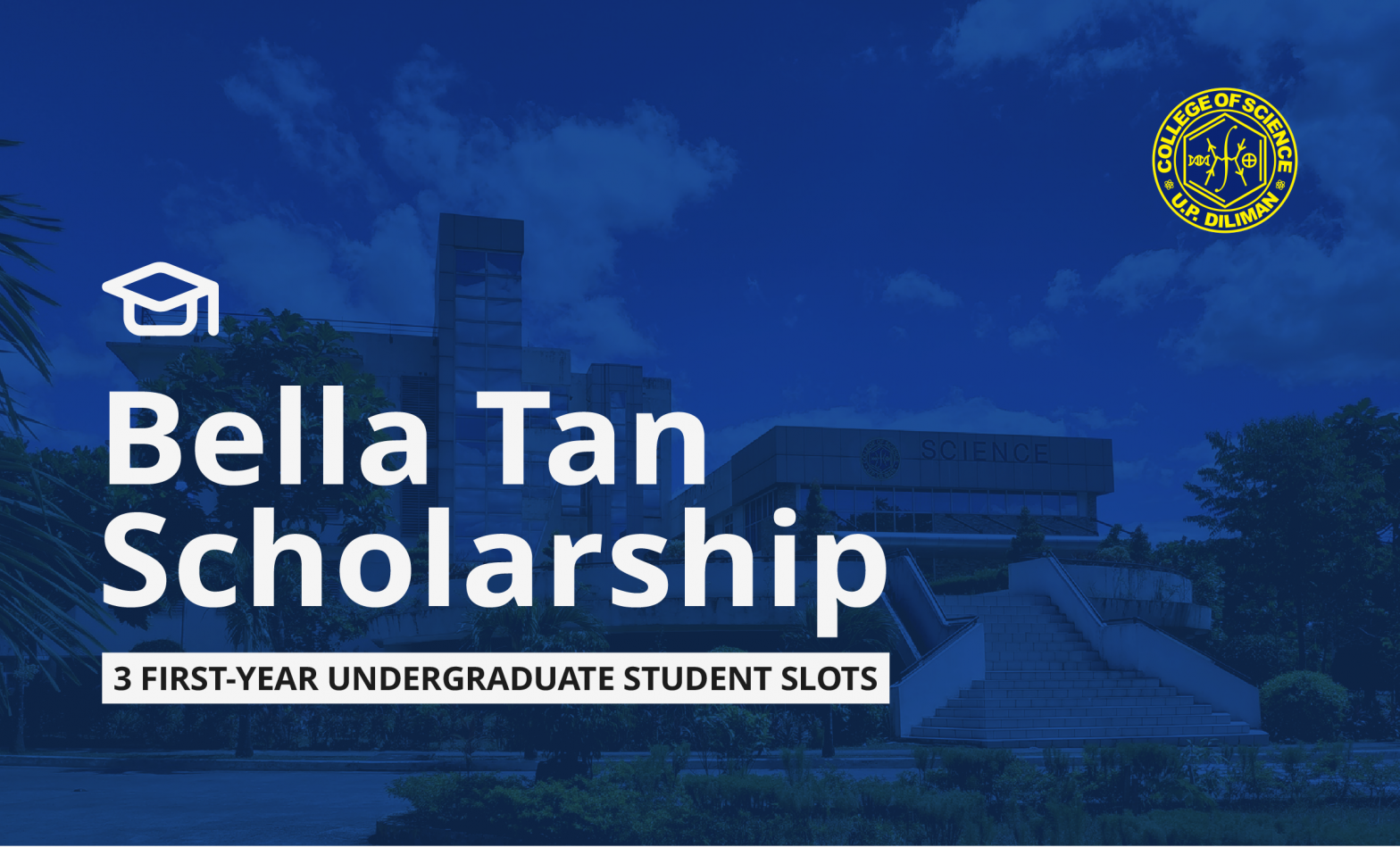Siniyasat nina Maria Sabrina Tabeta at Simeon Gabriel Bejar ng Unibersidad ng Pilipinas – Diliman College of Science’s Institute of Biology (UPD-CS IB) ang mga pampublikong post at group post sa Facebook na nagbanggit ng mga Philippine tarsier.
Pagkatapos mangalap ng kabuuang 1,125 post na nai-publish sa pagitan ng 2006 at 2024, nag-mapa ang mga mananaliksik ng mga lokasyon kung saan naka-engkuwentro ng mga tao ang mga tarsier at natukoy kung ang mga lugar na ito ay nasa loob ng Protected Areas o Key Biodiversity Areas.
“Nagulat kami sa aming natuklasan—nag-ulat ang mga tao ng mga engkuwentro ng mga tarsier sa 29 na lalawigan, na higit sa dalawang beses ang bilang na nakalista sa mga opisyal na conservation records tulad ng Red List ng International Union for Conservation of Nature (IUCN) o kahit na ng citizen science platform na iNaturalist,” ibinahagi ng mga biologist sa isang email interview.
Marami sa mga engkuwentro sa pagitan ng mga tao at mga tarsier ay naganap sa labas ng mga protected areas, kadalasan sa mga lugar na apektado ng mga aktibidad ng tao. Batay sa mga resulta ng pag-aaral, tila ang mga tarsier ay madaling masanay sa mga kapaligirang binago ng tao, na taliwas sa mga naunang haka-haka.
“Habang ang karamihan sa mga post ay nagpapakita ng mga tarsier sa konteksto ng ecotourism, ang iba ay nagtatampok ng wild sightings ng naturang primate, mga indibidwal sa pangangalaga ng mga tao, mga handover sa mga awtoridad, rescues, at kahit na mga kaso ng mga nasaktan o namatay,” dagdag pa nila.
Sa pamamagitan ng ilan sa mga post sa Facebook na kanilang sinuri, natukoy din ng mga biologist ang mga umuusbong na banta sa mga tarsier, tulad ng mga pag-atake ng mga alagang aso at pusa, sunog sa kagubatan, at mga proyekto sa imprastraktura. Ang mga ito ay nagpapatunay sa pagtaas ng engkuwentro ng mga tao at mga tarsier, na maaaring ilagay sa panganib ang naturang species.
“Ipinapakita ng pag-aaral na ito kung paano ang mga post sa social media ay maaaring makapagdulot ng mga makabuluhang pananaw tungkol sa mga mailap na species tulad ng Philippine tarsier at tumulong na punan ang mga di pa nasasagot na katanungang iniwan ng traditional research,” paliwanag ng mga biologist. “Higit pa rito, itinatampok nito kung paano ang lahat ay maaaring makapag-ambag sa conservation sa pamamagitan lamang ng pagbabahagi ng kanilang mga obserbasyon sa wildlife.”
Upang mapanatili ang momentum, inilunsad ng mga biologist ang Philippine Tarsier Conservation and Research Initiative sa Facebook—isang plataporma para sa pagbabahagi ng kaalaman, pagpapataas ng kamalayan, at pagpapasigla ng pagkilos upang protektahan ang mga tarsier.
Ang kanilang pag-aaral, na pinamagatang “Improving Our Understanding of a Cryptic Primate, the Philippine Tarsier (Carlito syrichta), Through Social Media,” ay inilathala sa International Journal of Primatology, isang multidisciplinary forum na nakatuon sa mga pinakabagong pananaliksik ukol sa mga bagay tungkol sa pag-aaral ng mga primate.
References:
Tabeta, M. S. G., & Bejar, S. G. F. (2025). Improving Our Understanding of a Cryptic Primate, the Philippine Tarsier (Carlito syrichta), Through Social Media. International Journal of Primatology. https://doi.org/10.1007/s10764-025-00495-1


